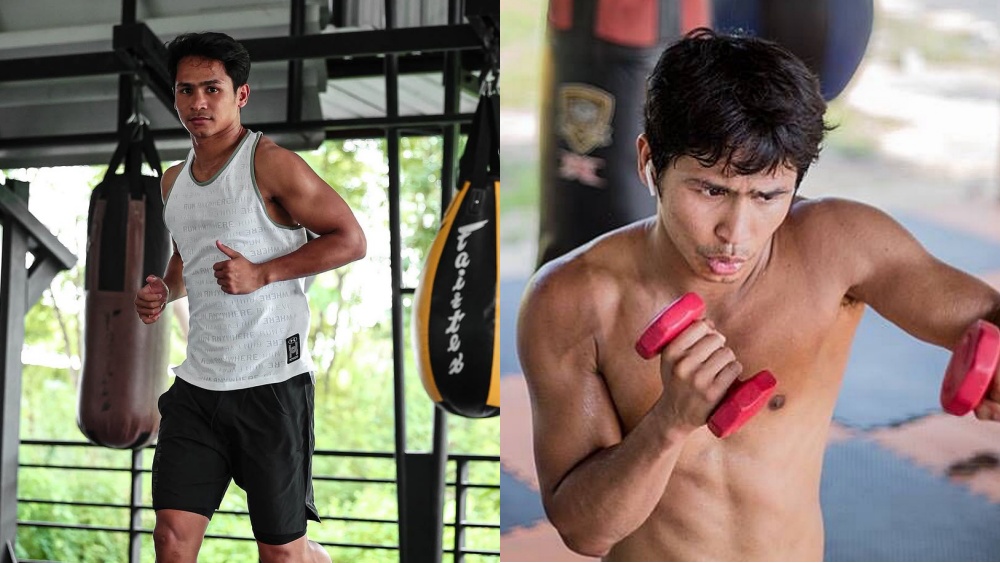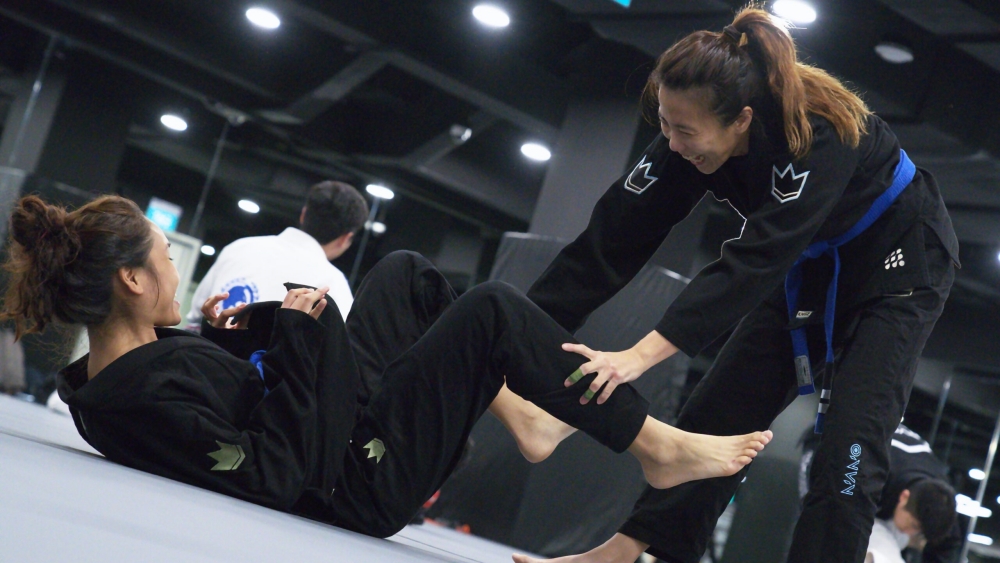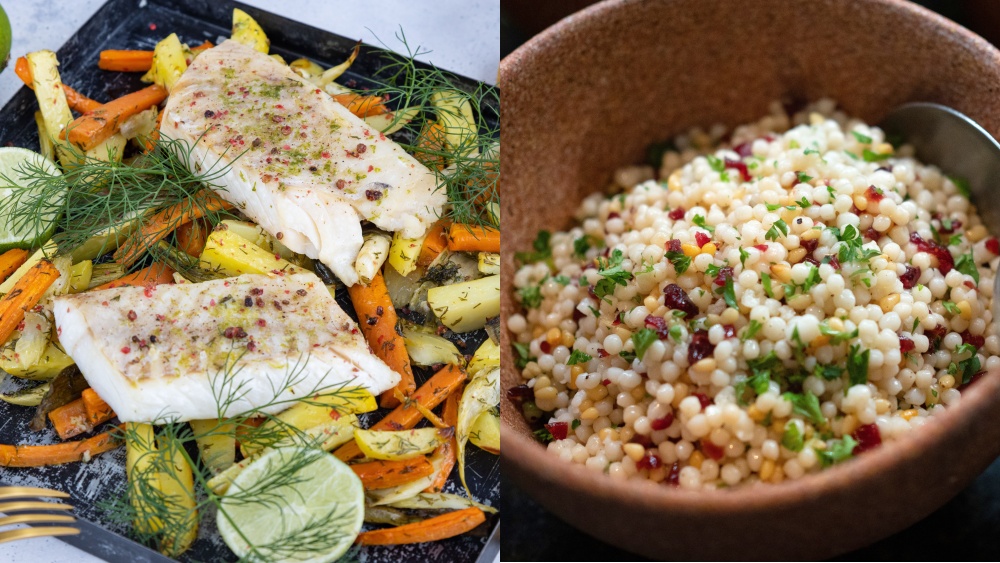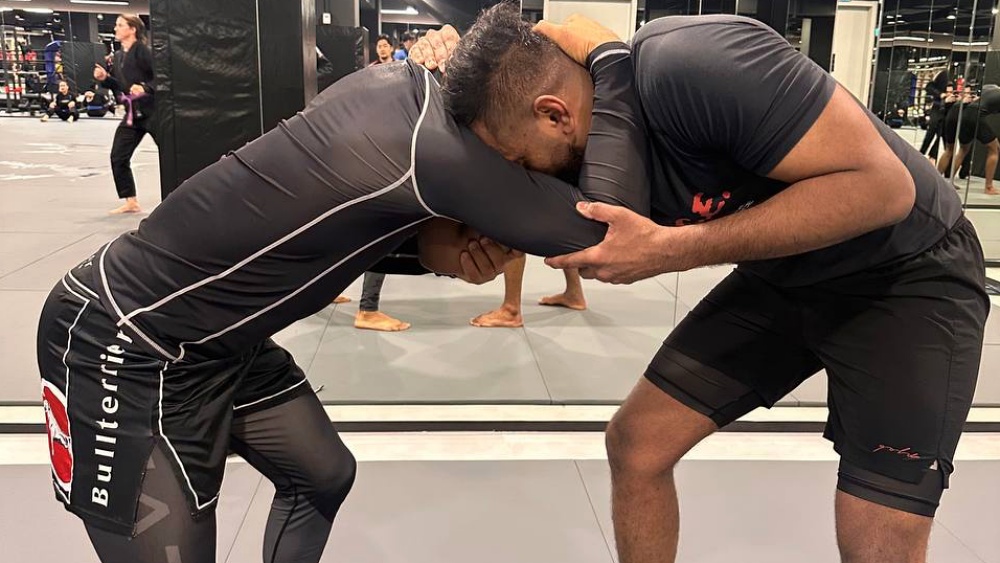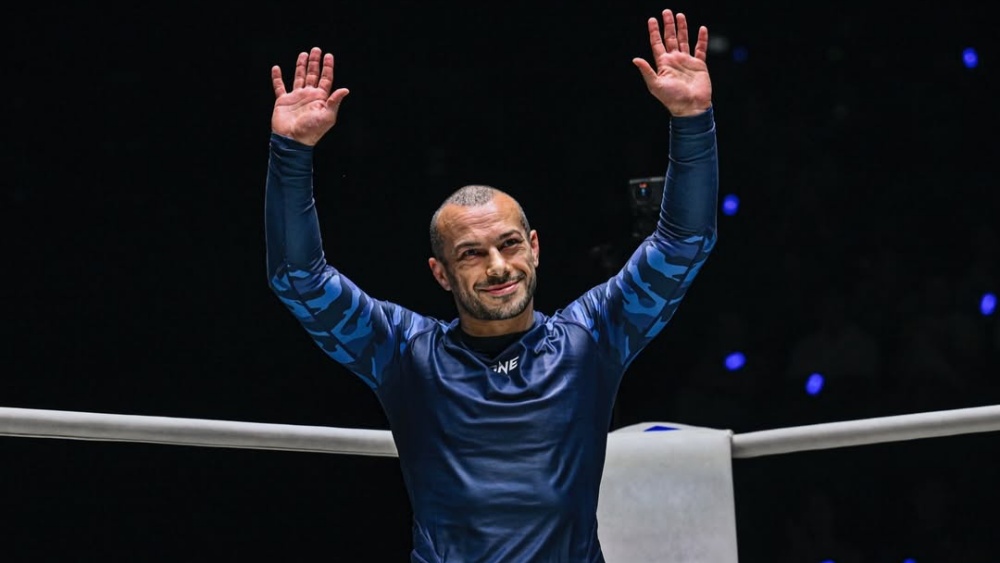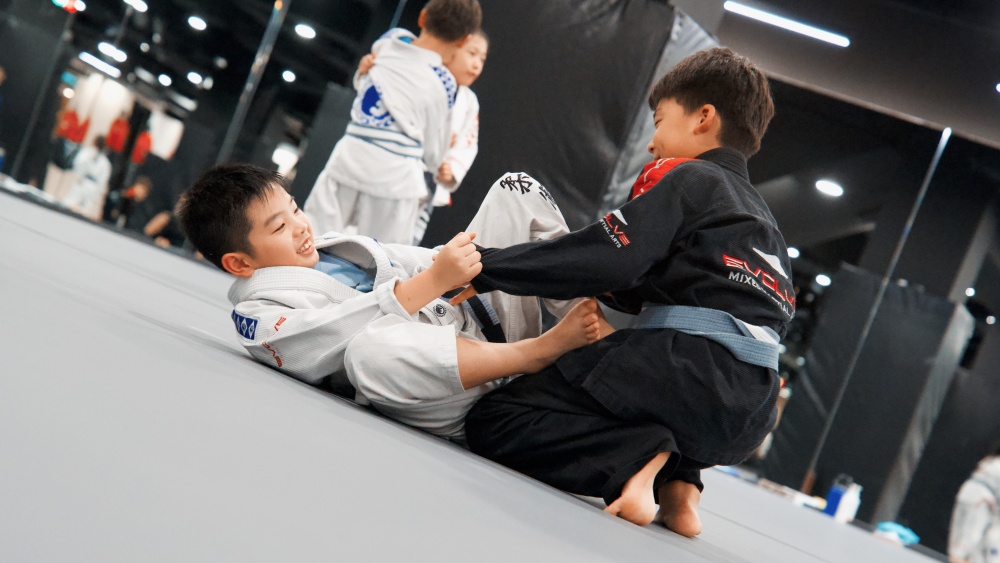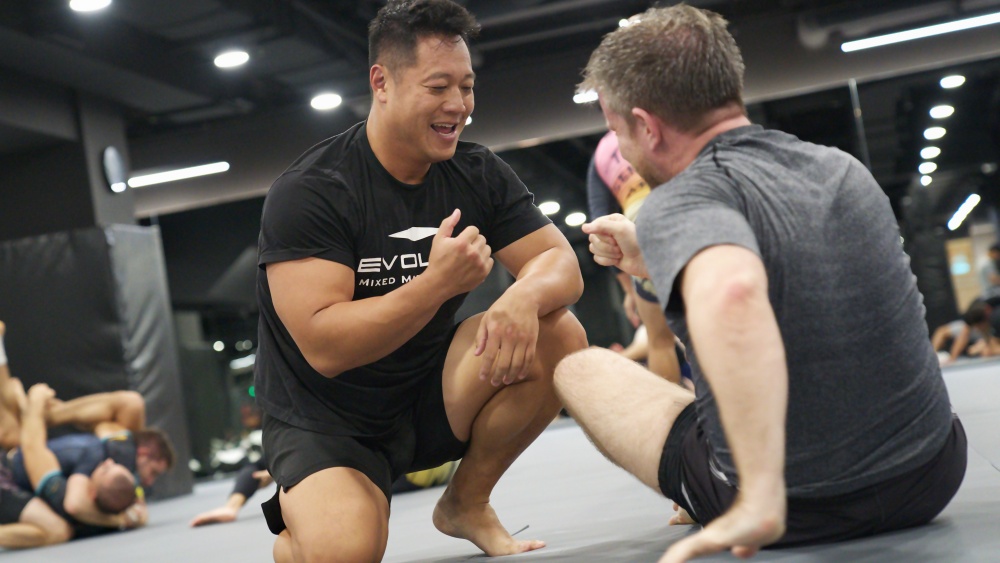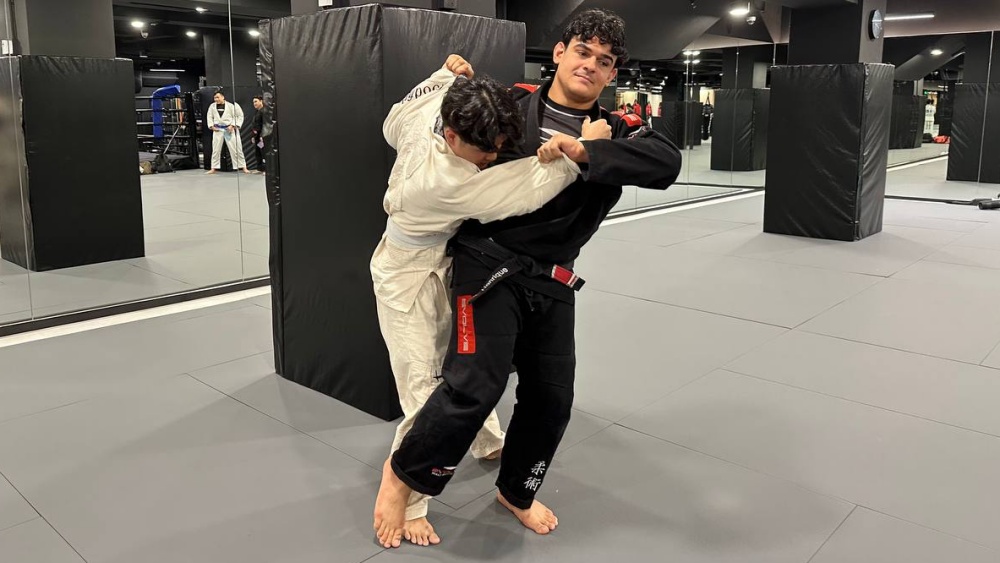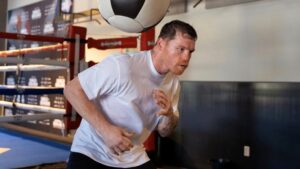Roadwork has been the main cardiovascular training activity for martial artists in styles like Kickboxing, Muay Thai, and Boxing. But is it really the most effective way to improve your cardio for martial arts? Or is it just an old tradition that needs to be put out to pasture in favor of more modern fighting approaches, like high-intensity interval training (HIIT)?
This article will explore the pros and cons of roadwork for martial artists and give you the information you need to decide if it’s the right approach.
The Case For Running: Why Fighters Love Roadwork
Running has been a major staple in combat sports training for decades. You’ve probably seen videos of legendary fighters like Muhammad Ali running miles and telling anyone who would listen how great it is for cardiovascular endurance. You would have probably been kicked out of a boxing gym a few decades ago if you dared to question its effectiveness.
Three main reasons why so many fighters believe roadwork should be a significant part of their fight training include:
- Builds Aerobic Endurance: Running is a fantastic way to improve your aerobic capacity, which is crucial for long training sessions and grueling competitions. A strong aerobic base allows you to recover quicker between rounds and keeps you from gassing out in the middle of a contest.
- Simple And Accessible: Don’t have a gym membership? No problem. All you need for roadwork is a decent pair of running shoes if you’re not into running barefoot. Running is one of the most accessible forms of cardiovascular endurance training, making it a go-to for fighters on a budget and people who prefer training outdoors. There are no barriers to entry when it comes to running besides bad weather.
- Mimics The Mental Grind Of Fighting: Let’s be honest: running can be pretty dull, but that’s part of the charm. Pushing through the monotony of a long run helps to build mental toughness, which translates to the grit you need on the mats. Running teaches you to keep pushing forward even if you don’t feel like it.
The Case Against Running: Why Some Fighters Are Ditching It
Not everyone believes running is the ultimate workout for fighters. Some argue that it’s overrated—or even counterproductive. Some of the reasons why you might want to skip out on road work include:
- Hard On Your Joints: Pounding the pavement day after day on your runs can take a toll on your knees, ankles, and hips. Fighters already contend with the aches from martial arts training, and running regularly might worsen things.
- Doesn’t Mimic Fight-Specific Movements: Running is a linear activity, while fighting is anything but that. You’re constantly changing direction, levels, and pace during a fight, which is why some would argue running doesn’t prepare you for the explosive, multi-directional demands of competing as a martial artist.
- Can Be Time-Consuming: Not everyone has the time (or patience) to log miles on the road regularly. Even a short two-to-three-mile run can easily eat up half an hour, making it less than ideal for people juggling commitments like work, family, and training. Martial artists are increasingly leaning toward more efficient forms of cardiovascular training.
Alternatives To Roadwork: Cardio Options For Fighters
There’s no need to try and force things if running isn’t your thing. There are many other ways to build fight-ready cardio. Alternatives to consider include:
1) High-Intensity Interval Training (HIIT)
High-intensity interval training involves short bursts of intense physical activity and short rest periods. It’s an excellent way to simulate the stop-and-go nature of fighting while simultaneously improving your aerobic and anaerobic cardiovascular endurance.
Some consider HIIT a more efficient form of exercise. A half-hour performing a HIIT-style workout burns up to 500 calories, while running at a moderate pace for the same amount of time only burns about 200 calories.
2) Shadowboxing With Weights
Shadowboxing while holding on to a pair of light dumbbells helps to improve your cardio and shoulder endurance. Shoulder endurance is crucial in combat sports since every strike you throw with your arms engages your shoulders. Just resist the urge to use heavier weights, which often leads to sacrificing technique.
3) Circuit Training
Creating circuits with bodyweight exercises like burpees, jump squats, and push-ups is another effective way for fighters to build up their cardiovascular endurance. You can add martial arts drills like heavy bag work to your circuit, so you’re also getting fight-specific training. You’ll have more fun and burn more calories completing circuits that consist of your favorite exercises than you would running around in circles.
The Verdict: Should Martial Artists Run?
So, whether running should be a regular part of your workout routine varies depending on your goals, preferences, and body type. There’s nothing wrong with running a few times a week if it doesn’t aggravate your joints. It helps to keep your body lean, improves your aerobic endurance, and makes you mentally tougher as you will yourself to complete your runs.
Consider alternatives like HIIT, circuit training, or getting most of your cardio in during sparring sessions by working at a fast pace if running doesn’t cut it for you. At the end of the day, the best cardio for you as a martial artist is whatever you can do consistently. Cardiovascular exercises must be performed regularly to increase your stamina.
Ultimately, it’s about what keeps you in top shape. You can alternate between HIIT exercises and running to maintain consistent cardio training. That said, if years of running have you dreading cardio, it might be time to switch things up. Rotating between HIIT and roadwork could be exactly what you need to break through that training plateau!
You may also like:
7 Exercises For Martial Artists To Do At The Beach For A Full-Body Workout
